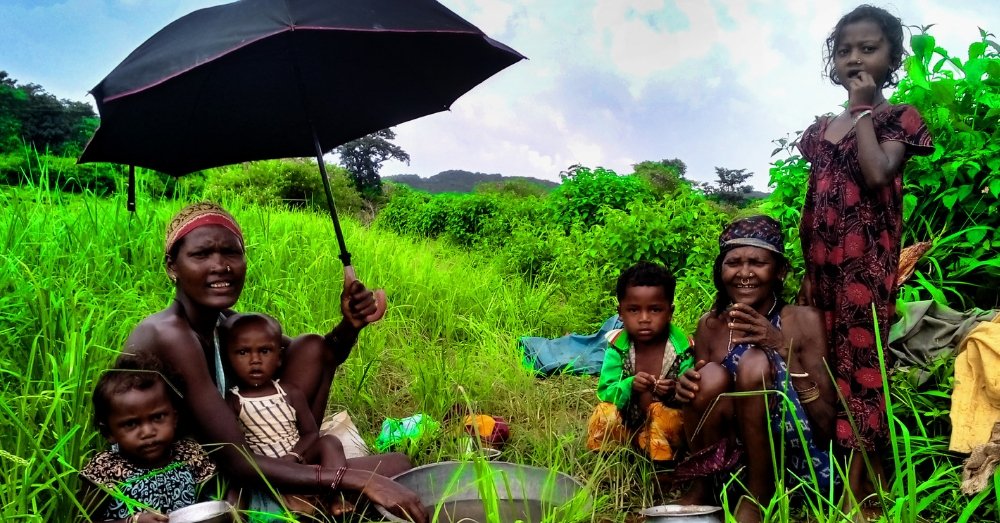Little is known about how the majority of human infectious diseases will be affected by future global environmental changes. Scientists have developed a new predictive model to know about how the diseases, specially ‘Ebola Virus Disease’ (EVD), will be developed by 2070.
What Is Ebola?
According to a research published in “The New England Journal of Medicine,” of April 2014 issue, fruit bats of Pterpodidae family, are natural hosts and potential reservoirs of most lethal Ebola virus known, named Zaire ebolavirus. The Zaire Ebola was the causative agent of outbreak in Western Africa. That outbreak in West African nations had been described by the WHO as the worst in history.
Zaire Ebolavirus strain is the most lethal of the six known strains (including the newly discovered Bombali strain); it is fatal in up to 90% of cases.

Source: CDC
The filovirus genome contains seven genes, including VP40. The natural reservoir of the virus is thought to be the African fruit bats.
Ebola is transmitted through direct contact with the blood or bodily fluids of infected symptomatic person or through objects contaminated with infected environment. Infected “bushmeat” of bats or gorilla, usually serves as the first exposure to diseased animal food.
The incubation period of Ebola virus can range from 2 to 21 days.
The symptoms of Ebola virus include fever, sore throat, diarrhea and internal and external bleeding, with a fatality rate approaching 90 percent.
There is no cure and no known vaccine of EVD, although efforts are going on to design one.

The viral RNA fragments were found in an oral swab from a greater long-fingered bat (Miniopterus inflatus), captured in 2016 in Liberia’s Sanniquellie-Mahn District, which borders Guinea.
Source: Science
The Model
Scientists of University College London, Prof David Redding and Prof Kate Jones, used a mathematical model to analyze “Ebola Outbreak Dynamics” and to understand how climate change, land use, population growth and poverty will affect a disease spread. They back-tested the model to check its validity and confirmed that the model was able to successfully predict past outbreaks. Then, they “pointed” it in the future. They found that unless action is taken to limit population growth, greenhouse gas emissions, and social inequality, the likelihood of new outbreaks will rise significantly. Poverty and climate change, in particular, are two main contributors to outbreak risk. Climate change and poverty can increase the risk of an outbreak, researchers warn.
The problem with climate change is that it makes more environments available for disease-carrying species. Climate change will directly lead to net negative health impacts. According to WHO, climate variability have a direct influence on the epidemiology of vector-borne diseases. By 2100 it is estimated that average global temperatures will have risen by 1.0–3.5 °C and will increase the spread of many vector-borne diseases in new areas. Amongst these are fungi transmitted Cryptococcus gattii infection, algal transmitted Ciguatera fish poisoning, tick vector transmitted Lyme disease and mosquito vector transmitted West Nile Virus encephalitis, Chikungunya, Rift Valley Fever, Zika virus paralysis and Dengue fever and Bats transmitted Ebola Outbreak by Ebola virus. Other equally important diseases, which will spread and prevalent due to climate change, include respiratory allergies due to increased human exposure to pollen, molds, air pollution and dust, cancer risk due to increased duration and intensity of ultraviolet (UV) radiation and heat-related illness and deaths.
In the case of EVD, fruit bats are thought to be a reservoir of the virus. Ebola virus risk will be compounded by increasing populations which in turn will push people to new areas of previously untouched forests (home to bat species which can transfer the disease). Thousands of people died due to ‘2013–2016 Ebola outbreak’ in West African nations.

Source: CDC
The model is not an exact prediction but the statistical predictions it makes can be extremely useful. This new model predicts where Ebola might strike next. For instance, the predictions pointed to potential outbreaks in places such as Nigeria, which have not yet had an Ebola epidemic. These areas, prone to a probable Ebola outbreak, may be made prepared so that the nation can save numerous lives.
The model also predicts where the disease might spread to other parts of the world, via airlines. Western Europe and the US are prone to import some infected individuals, as is Russia, China, India, and much of Asia.
The model suggest further outbreaks could occur across most of West and Central Africa. Trends in the underlying drivers of EVD risk suggest a 1.75 to 3.2-fold increase in the endemic rate of animal-human viral spill-overs in Africa by 2070, given current modes of healthcare intervention.
Two thirds of human infectious diseases are animal-borne (zoonotic) and these diseases form a major, global health and economic burden, mostly impacting poor communities. Many zoonotic diseases are poorly understood, and global health responses to them are underfunded. This model framework can also be used to target interventions designed to reduce epidemic risk for many other zoonotic diseases.
Climate change makes more environments available for disease-carrying species. Researchers of ‘University College London’ found that unless action is taken to limit population growth, greenhouse gas emissions and social inequality, the likelihood of new outbreaks will rise significantly. Poverty and climate change, in particular, are two main contributors to outbreak risk.
In all realistic simulations, the incidence of Ebola will rise. In the worst case scenario, the area affected by “spillovers” (transmission of Ebola from animals to humans) can rise by 15%, which brings a substantial increase in outbreak risk.
This model predicts future global change scenarios, with higher human population growth and lower rates of socio-economic development, a fourfold higher likelihood of epidemics occurring as a result of spill-over events.
This model will play an important role in predicting about diseases and will be helpful to make a possible strategy to control the disease before it take the shape of a ‘outbreak’.















